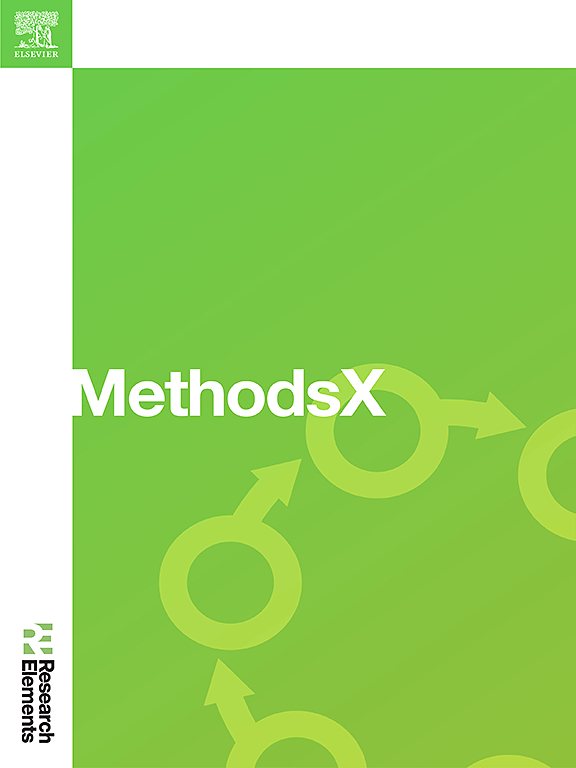Bridging spatiotemporal wildfire prediction and decision modeling using transformer networks and fuzzy inference systems
IF 1.9
Q2 MULTIDISCIPLINARY SCIENCES
引用次数: 0
Abstract
Wildfires present a growing threat to ecosystems, human settlements, and climate stability, necessitating accurate and interpreted prediction systems. Existing AI-based models often prioritize performance over explainability, limiting their utility in real-time decision-making contexts. Current wildfire forecasting models struggle to incorporate uncertainty and offer transparent response strategies. Moreover, many models fail to integrate domain knowledge in a way that supports actionable interventions. This study utilizes the Canadian Fire Spread Dataset, augmented with Sentinel, ERA5, and SRTM data, encompassing vegetation, meteorological, and topographic variables. The suggested system uses a Transformer-based model to predict fires over time and space, along with a Fuzzy Rule-Based System (FRBS) to create rules for responding to those predictions. This integration allows for both high accuracy and interpretability in decision-making under uncertain environmental conditions. The novelty lies in the use of symbolic fuzzy reasoning layered onto a deep attention-based architecture. Performance was evaluated using metrics such as accuracy, precision, recall, F1-score, and AUC. The model achieved an F1-score of 92.9 % and accuracy of 94.8 %, significantly outperforming baseline and deep learning alternatives.
• Integrates deep learning with fuzzy logic for both accurate forecasting and interpretable response planning.
• Enables uncertainty-aware reasoning by translating predictions into actionable fire management rules.
• Demonstrates superior performance across diverse environmental datasets using multi-source satellite and climate inputs.

利用变压器网络和模糊推理系统架起野火预测与决策建模的桥梁
野火对生态系统、人类住区和气候稳定构成越来越大的威胁,因此需要精确和可解释的预测系统。现有的基于人工智能的模型通常优先考虑性能而不是可解释性,这限制了它们在实时决策环境中的实用性。目前的野火预测模型难以纳入不确定性并提供透明的响应策略。此外,许多模型不能以支持可操作干预的方式集成领域知识。本研究利用加拿大火灾蔓延数据集,辅以Sentinel、ERA5和SRTM数据,包括植被、气象和地形变量。建议的系统使用基于变压器的模型来预测火灾随时间和空间的变化,以及基于模糊规则的系统(FRBS)来创建响应这些预测的规则。这种集成允许在不确定环境条件下的决策具有较高的准确性和可解释性。新颖之处在于将符号模糊推理分层到基于深度注意力的架构上。使用准确度、精密度、召回率、f1分数和AUC等指标评估性能。该模型的f1得分为92.9%,准确率为94.8%,显著优于基线和深度学习替代方案。•集成深度学习与模糊逻辑,既准确的预测和可解释的响应计划。•通过将预测转化为可操作的消防管理规则,实现不确定性感知推理。•使用多源卫星和气候输入,在不同的环境数据集上展示卓越的性能。
本文章由计算机程序翻译,如有差异,请以英文原文为准。
求助全文
约1分钟内获得全文
求助全文
来源期刊

MethodsX
Health Professions-Medical Laboratory Technology
CiteScore
3.60
自引率
5.30%
发文量
314
审稿时长
7 weeks
期刊介绍:
 求助内容:
求助内容: 应助结果提醒方式:
应助结果提醒方式:


